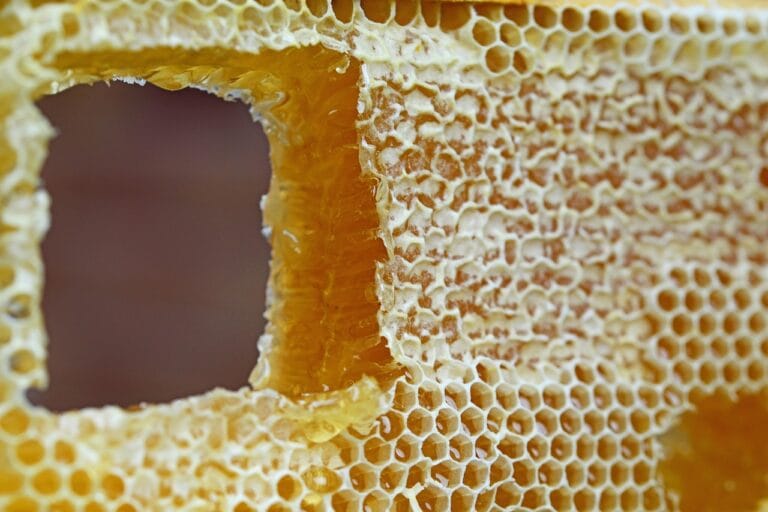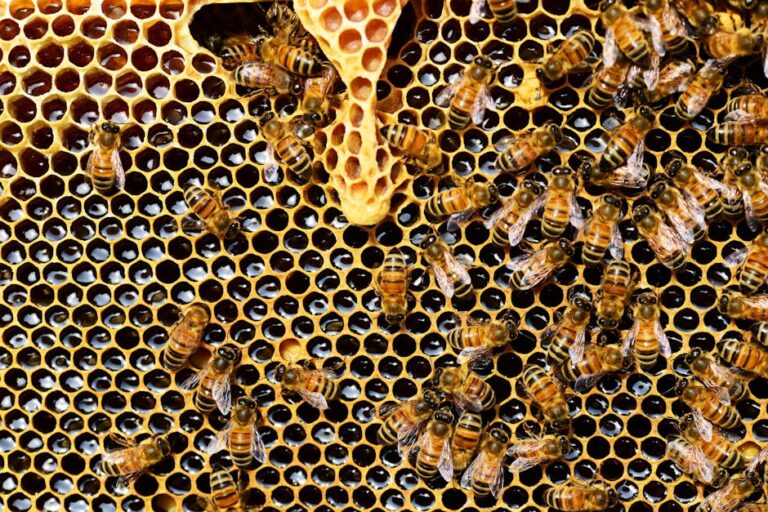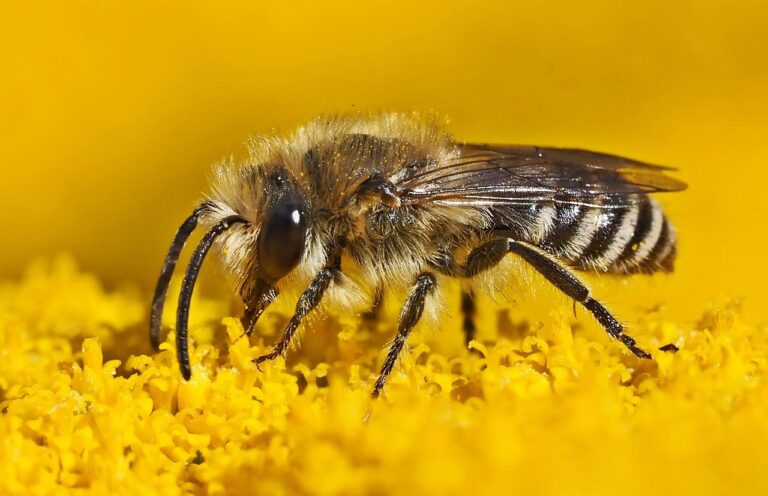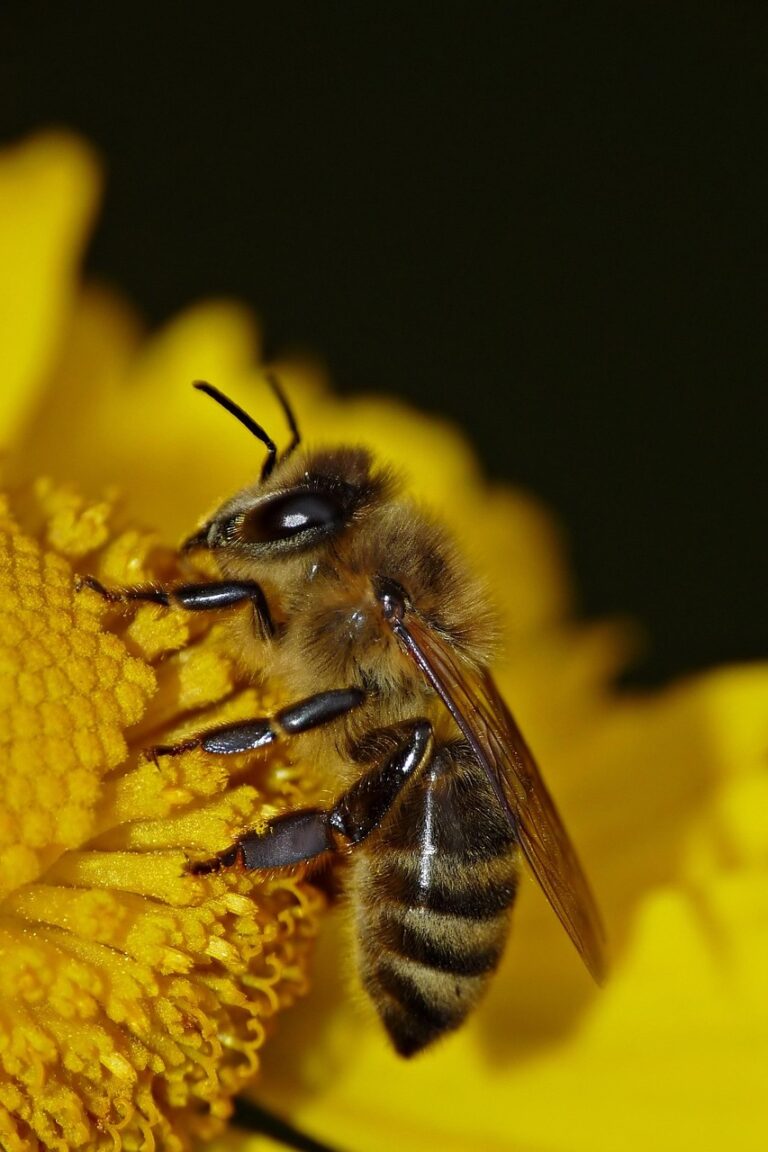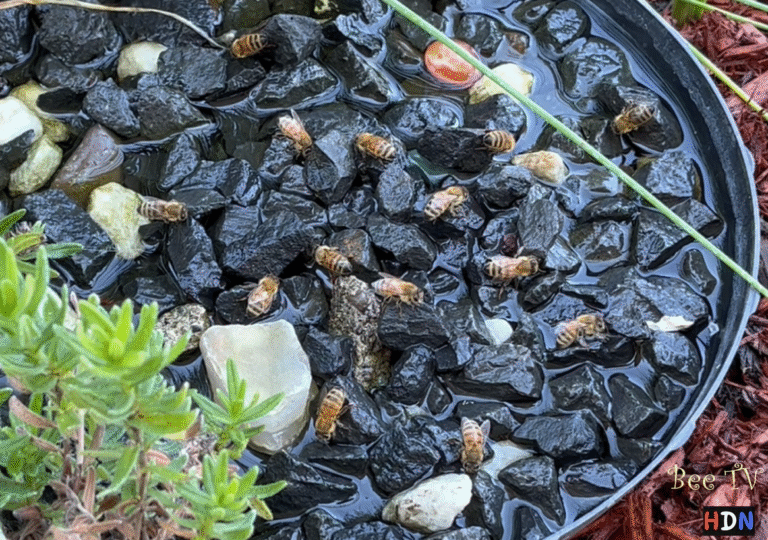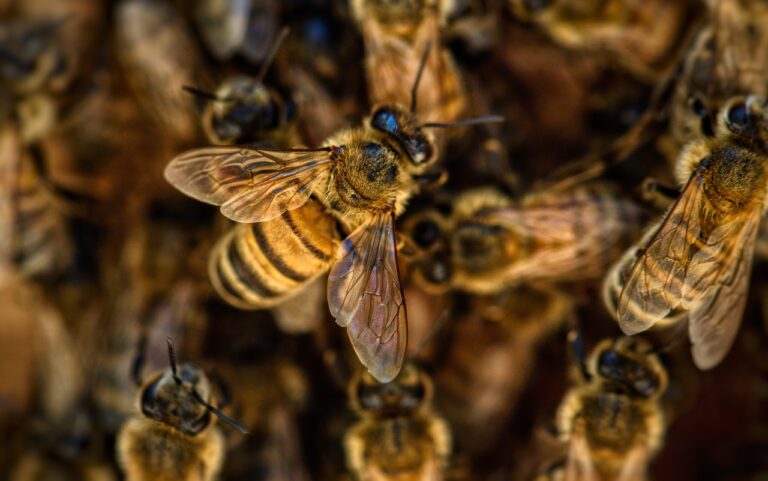How do bees produce wax to build honeycomb?
Here’s how bees produce wax within their bodies to build honeycomb Bees produce wax within their bodies using specialized wax glands located on the underside of the abdomens of young worker bees, typically between 12 and 20 days old[1][2][3]. These glands convert sugars from honey or nectar that the bees consume into wax, which is […]

